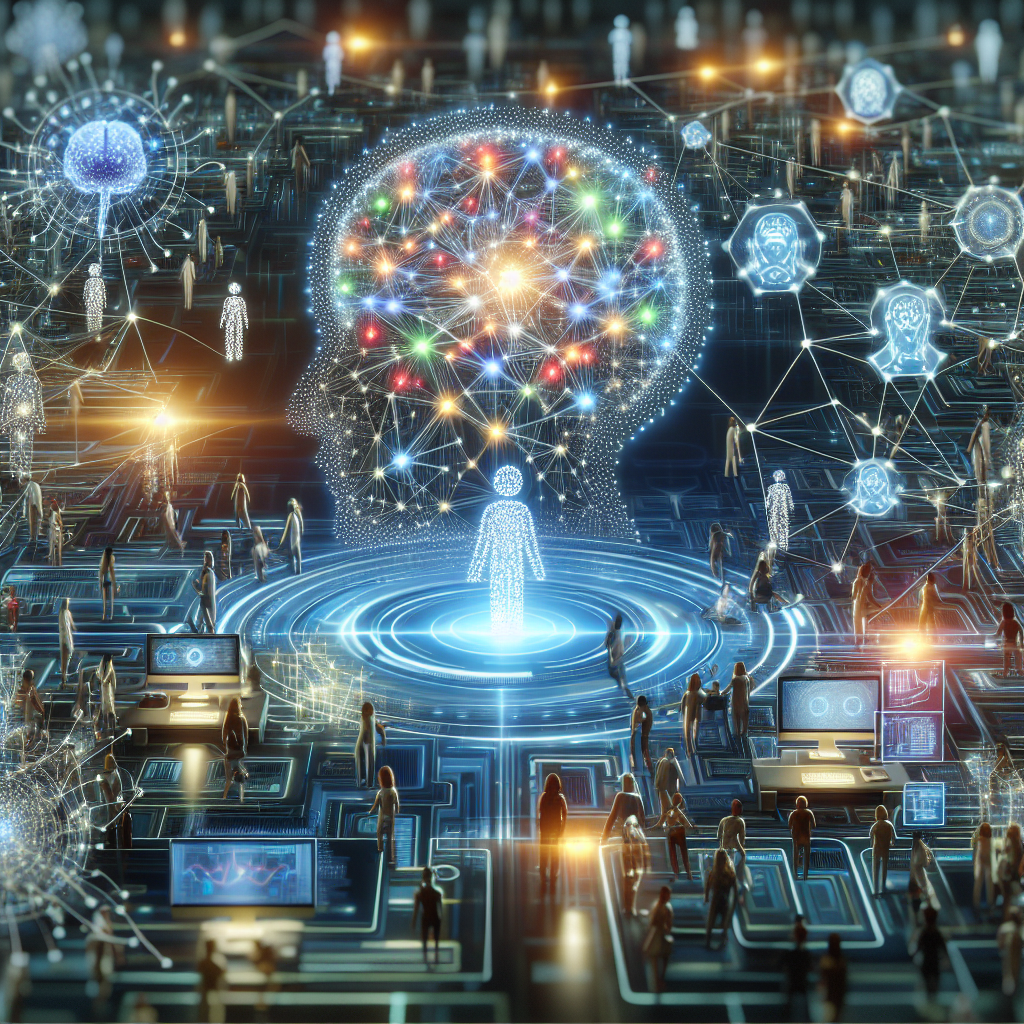In recent years, generative AI has become a game-changing force across various industries, transforming content creation, fostering innovation, and enhancing our interactions with technology. But what is generative AI, and why is it relevant to you? This article provides an in-depth look at generative AI, its uses, potential, and the challenges it entails.
Understanding Generative AI
Generative AI refers to a branch of artificial intelligence focused on creating new content rather than merely analyzing existing data. This encompasses text, images, music, and even video. The technology primarily utilizes advanced algorithms such as deep learning models known as Generative Adversarial Networks (GANs) and transformer architectures, like those that power OpenAI’s ChatGPT.
Key Technologies Behind Generative AI
-
Generative Adversarial Networks (GANs): Comprising two neural networks—the generator and the discriminator—GANs operate in opposition to one another. The generator produces new content, while the discriminator assesses its authenticity. This adversarial dynamic allows both networks to improve, yielding highly realistic outputs.
- Transformer Models: These models excel in processing sequential data, making them ideally suited for understanding and generating natural language. Prominent examples include OpenAI’s GPT-3 and GPT-4, which can produce human-like text given user prompts.
Applications of Generative AI
The potential applications of generative AI are broad and varied. Here are some key domains where this technology is making notable strides:
1. Creative Arts
Generative AI is transforming creative fields by enabling artists, musicians, and writers to explore innovative paths. For example, AI can help generate artwork, compose music, or even draft novels, fostering collaboration between human creativity and machine learning.
2. Content Creation
In the realm of content marketing, businesses are utilizing generative AI to create blog posts, social media captions, and even video scripts. This not only accelerates the content creation process but also enhances customer engagement through data-driven insights.
3. Gaming and Animation
The gaming sector actively uses generative AI to develop immersive environments and intricate characters. It empowers developers to generate unique, dynamic content, enriching player experiences. Animation studios are also adopting AI tools to optimize production workflows.
4. Healthcare
In healthcare, generative AI holds the potential to transform drug discovery and personalized medicine. AI models can analyze extensive datasets to simulate the effects of various compounds, expediting research and potentially yielding breakthroughs in treatment.
5. Design
Fields like fashion and interior design are increasingly leveraging generative AI to create innovative products and layouts. AI can analyze trends and generate unique designs that might not have been imagined by human designers alone.
Challenges and Ethical Considerations
While generative AI presents exciting opportunities, it also raises several challenges and ethical issues:
1. Misinformation and Deepfakes
A major concern is that generative AI could produce misleading or entirely false information, such as deepfakes, which could harm reputations or sway public sentiment.
2. Copyright and Intellectual Property
As AI-generated content becomes more commonplace, questions about copyright and ownership emerge. Who holds the rights to a piece of art or writing created by AI? This legal gray area poses significant challenges for artists and creators.
3. Bias and Fairness
AI systems can unintentionally reinforce biases that exist in their training data. Ensuring fairness and accountability in AI-generated content is essential to avoid discrimination and inequality.
4. Job Displacement
The ascendance of generative AI may disrupt job markets, especially in fields focused on routine content creation. However, it could also create new roles centered around overseeing and refining AI outputs, highlighting the need for workforce adaptability.
The Future of Generative AI
Looking forward, the future of generative AI is both promising and unpredictable. Its integration into daily applications will likely become smoother, changing how we engage with technology. As with any emerging technology, balancing innovation with ethical considerations is crucial to ensure that generative AI positively impacts society.
Conclusion
Generative AI is more than just a buzzword; it signifies a fundamental shift in our approach to creativity, innovation, and problem-solving. By grasping its potential, applications, and associated challenges, individuals and organizations can better navigate the implications of this powerful technology. Thoughtful adoption of generative AI could lead to significant advancements benefiting various sectors while addressing the ethical concerns that arise from rapid technological progression.

